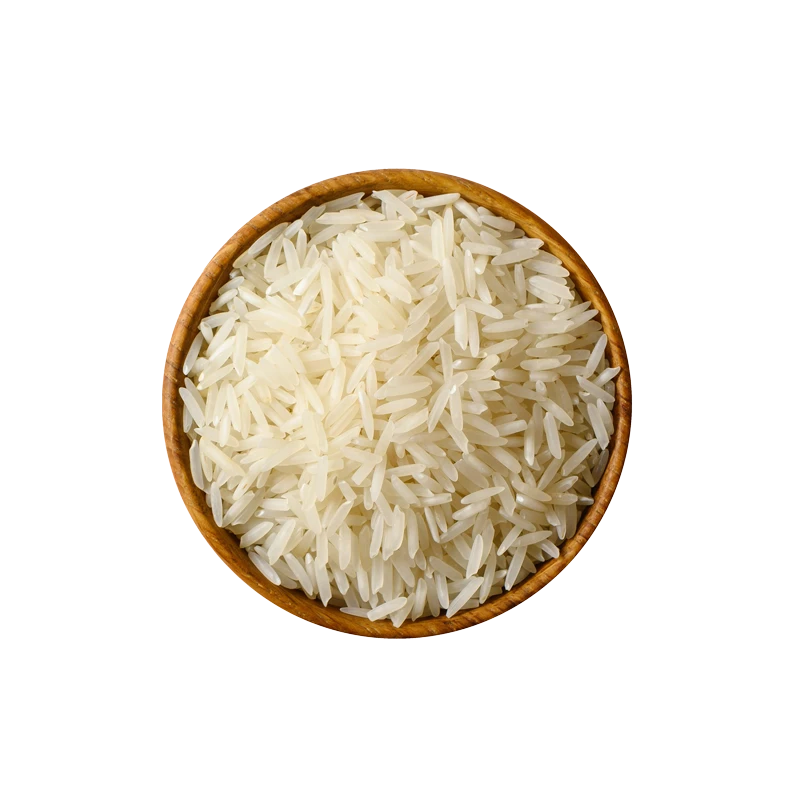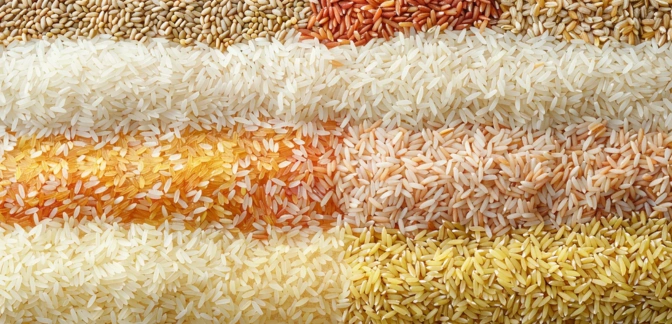Long Grain Rice — Nutrients, Health Benefits, And Shopping Tips

Written by Listonic Team
Last update on September 4, 2024
Nutrition facts
Nutrition facts
Amount per 100 g
Calories
🔥 130 kcal
| Nutrition per: 100 g | Value | % Daily Value* |
|---|---|---|
| Carbs | 29 g | 10.55% |
| Fiber | 0 g | - |
| Sugars | 0 g | - |
| Glycemic Index | 64 | - |
| Protein | 3 g | 6% |
| Sodium | 1 mg | 0.04% |
| Total Fat | 0 g | - |
*The % of Daily Value (DV) tells you how much a nutrient in a serving of food contributes to a daily diet. 2,000 calories a day is used for general nutrition advice.
Did you know?
Health benefits
- Provides sustained energy from complex carbohydrates, making it a good source of fuel for the body and brain.
- Low in fat, making it a heart-healthy addition to meals.
- Gluten-free, making it suitable for individuals with celiac disease or gluten intolerance.
- Versatile and easy to digest, making it a suitable option for various dietary needs and preferences.
Health risks
- High carbohydrate content which can cause rapid spikes in blood sugar levels, particularly concerning for diabetics or those on low-carb diets.
- Low nutrient density compared to whole grains, as long grain rice is often refined, offering fewer nutrients and less fiber.
- Potential for overconsumption due to its palatable nature, leading to excessive calorie intake if not mindful of portion sizes.
- Risk of arsenic contamination as rice can absorb arsenic from the soil, which may pose health risks if consumed in large quantities over time.
How to choose long grain rice
Long grain rice should appear slender and uniform, with a smooth texture and a pearly white color. When cooked, the grains should separate easily and not be sticky. The grains should maintain their integrity, holding their shape without breaking.
Avoid long grain rice that smells musty or has a grayish hue, which can indicate poor storage conditions. Well-prepared long grain rice should be fluffy and aromatic, complementing a variety of culinary dishes with its subtle, nutty flavor.

How to store long grain rice
Long grain rice should be kept in an airtight container in a cool, dry place. A pantry or cupboard is ideal for maintaining its freshness. When stored properly, uncooked rice can last for several years.
Humidity and exposure to air can cause long grain rice to spoil or become infested with pests. Avoid storing rice in open containers or plastic bags without sealing them properly. Ensure the storage area is dry and away from direct sunlight to preserve its quality.
✅ Extra Tip
How long does it last?
Long grain rice can last for 1-2 years when stored in an airtight container in a cool, dark place. Cooked long grain rice should be consumed within 4-6 days if kept in the refrigerator. For longer storage, cooked rice can be frozen for up to 6 months.
What to do with leftovers?
Leftover long grain rice can be used in a variety of savory and sweet dishes. Reheat it and serve as a side for stir-fries, curries, or grilled meats, or mix it into a fried rice with vegetables, eggs, and your choice of protein. Long grain rice is also great when added to a soup or stew, where it helps to thicken the broth and add texture.
Use long grain rice in a grain salad with chopped vegetables, herbs, and a tangy vinaigrette, or mix it into a rice pudding with milk, sugar, and spices for a comforting dessert. If you have a lot of long grain rice, consider making a batch of stuffed peppers by filling them with a mixture of rice, meat, and cheese, then baking until tender. Rice can also be used as a base for a grain bowl with roasted vegetables and a protein of your choice, or added to casseroles for added texture and flavor. For a quick snack, try making rice balls filled with cheese, meat, or vegetables.
👨⚕️️ Medical disclaimer
Discover products from other categories
Listonic Team
Fact-checked
Our editorial team checked this article to make sure it was accurate at the time of publishing it.
Get the top-rated shopping list app on your phone!







